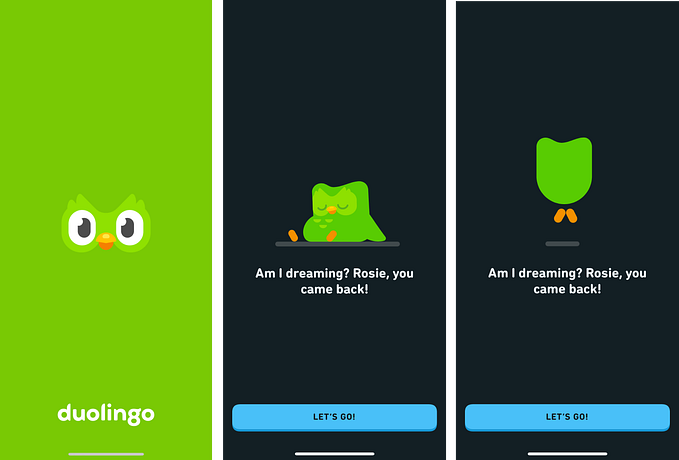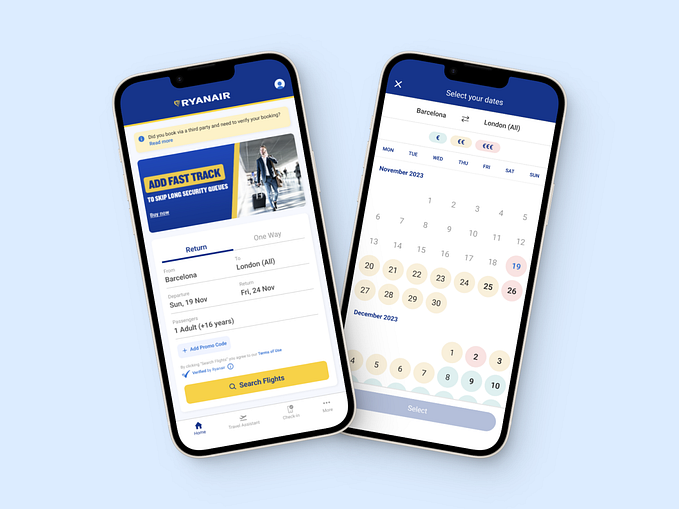Optimizing e-commerce experience for new users during the pandemic
How we created a product feature focused on the new consumption pattern.

 Even before the pandemic, there was a big gap between consumers and digital channels. The habit of buying online was not very popular among the mass of consumers, which we can see by the percentage that represents e-commerce in retail worldwide: 14%.
Even before the pandemic, there was a big gap between consumers and digital channels. The habit of buying online was not very popular among the mass of consumers, which we can see by the percentage that represents e-commerce in retail worldwide: 14%.
But with the quarantine, a lot of habits have changed, including how we buy. To better understand how these habits work, the consultancy Bain & Company developed a study that identified 30 universal elements of value, based on the hierarchy of needs created by Abraham Maslow. But in a moment of crisis, only 3 of these 30 elements became more relevant: the reduction of risk, the reduction of anxiety and the feeling of security and belonging. So when we look at the most searched items by category, we realize that the searches were closely linked to these objectives:

Therefore, the gap between shopping physically and digitally was filled with the need to buy. The need generated purchase frequency and caused this mass migration to digital channels.
This can be seen in this Ebit / Nielsen survey, which shows the growth of new consumers making their first online purchase during the quarantine (until end of March 2020).

However, the problem is not only on the consumer mental model that lacked trust and weren’t tech-savvy to understand e-commerce. Businesses are clearly not prepared for new consumers and need to adapt quickly to bridge this gap. And according to Google Surveys, the main moves that businesses have made to solve the needs of this new consumer profile were:
- app improvements
- digital-driven sales force
- new logistics solutions
- adjustments in the purchase process (more payment methods, more deadlines, more explanations about the purchase process)
But who are the new online consumers?
According to the Chinese research institute Quest Mobile, the percentage of consumers over 45 years old who use e-commerce increased 27% during the pandemic in China (until March 2020). Older consumers are already more than half of online consumers. A new pattern of consumption that can be visualized on the graph below:

So one of the main characteristics of the new online consumers is that they tend to have more questions and difficulties at the time of purchase, as their mental model is not used to buying online. As a result, the service and help channels tend to become busier and customer satisfaction usually goes down. Therefore, a good strategy is making buying guides easily available, as wells as investing in well-structured FAQs. It optimizes the experience, avoids overcrowding customer service channels, and reduces the friction in the experience (waiting lines). In addition, these elements can generate loyalty and increased NPS (net promoter score) of these new customers.
“We can see that behavior is rapidly shifting. And with new customers coming online, they need the seamless support and a positive frictionless digital experience.” -Lauren Brennan, Product Marketing Manager at Optimizely.
As not all e-commerces were prepared for this “boom”, the biggest challenge is to lower the buying barrier of the newcomers by providing trust and making the websites more accessible. Users traditionally have questions and for each of their questions, there is a generally simple answer. However, the new online consumer doesn’t have a mental model that’s used e-commerce standards. They often don’t know where to find the answers to their questions.

These are anxieties that arise for both new and usual buyers. Therefore, this information needs to be even more accessible and clear at the moment of truth. It increases buyer confidence and makes it clear that there is no reason not to buy online.
Our Solution
With that in mind, our CRO (Conversion Rate Optimization) team created a quick and customizable solution to solve these needs. We call it “floating help”: a sidebar containing the main questions of customers, with quick access to responses and/or contact channels.

It is located on the website’s home page and follows the user’s navigation, facilitating access to their main questions. This widget can be placed in any e-commerce that wants to make your website more accessible and clear. It was thought and built in a way that is simple to adapt the look and elements according to the brand.

The potential gains from this functionality are:
- Higher level of satisfaction: Increased NPS (Net Promoter Score) and less frustration with e-commerce. Less complaints due to lack of clarity in shipping, payment, exchange policies, etc.
- Less volume for customer service: Encouraging self-service and cost reduction in Customer Service.
- Loyalty: Customers who have their 1st digital shopping experience with the store can enter the base and repurchases in the future.
In addition, creating a user experience without friction is a crucial factor in the e-commerce customer journey, as Ricardo Neves, partner and leader of retail and consumption at PwC Brazil, points out:
“Experience is fundamental and it is not only through technology, but is perceived as a whole. In particular, through the Frictionless Customer Experience, which is nothing more than the ease found in your shopping journey. And that can determine which company wins and which loses.”
The crisis of COVID-19 has taken the customer experience to a new dimension. Companies that care and innovate during this crisis by anticipating how customers will change their habits, build stronger relationships.
It is also important to think long term, after the crisis is over. Changes in consumer preferences and business models are likely to last longer. This started to happen in China, where there was a 55% increase in consumers who intend to permanently switch to online shopping *, accelerating the behavioral changes that were already underway before the crisis. — * according to McKinsey research.
Takeaways
1. Agile innovation
The sooner companies can solve new consumer needs during this period, the better. This means accelerating time to market for new customer experiences, creating prototypes and innovations in their “minimum viable” state, rather than waiting for the perfect product to release it. Creating agility while dealing with the changing circumstances of the clients is necessary and will bring lasting benefits.
2. Think about the post-crisis
It is likely that many customers who have had a good digital experience will continue to buy after the crisis is over. Companies that think digital and offer superior experiences have the opportunity to increase satisfaction and maintain the relationship with customers on the long term.
You can check out an example of our “Floating Help” at www.taqi.com.br 😃









